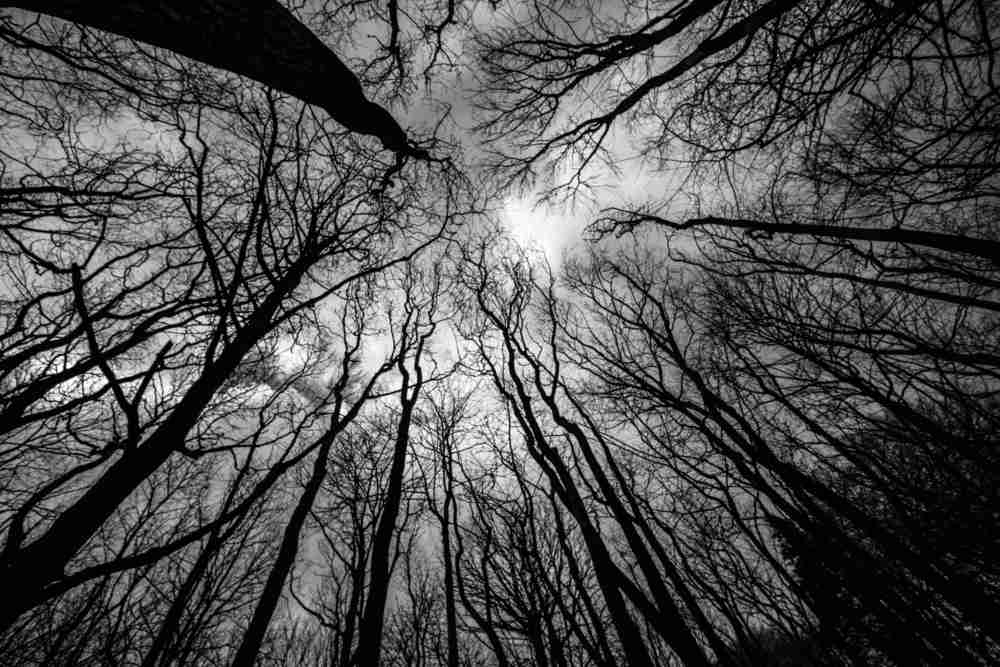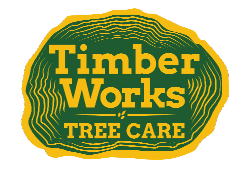Despite being a vital part of any landscaping design, many people still have to ask what is tree crown reduction. We often recommend tree crown reduction to customers who want more control of the growth of their trees. It can also be used to protect the tree from stress and other environmental factors. It is a specialized process that must be done correctly and by experts to achieve the desired results.
In more serious cases where your property is at risk of the spread of disease, we will recommend professional tree removal.
What is Tree Crown Reduction?
This technique utilizes the selective removal of branches to reduce the size or height of a tree’s crown. This process must be done correctly, improper cuts can damage trees by preventing their ability to absorb nutrients or may simply be ineffective.
Crown reduction uses drop-crotch pruning cuts. When two branches veer off in a “V” shape or a “crotch,” one of the branches is cut in a precise area. This allows the remaining branch to take over the growth responsibility and push the tree in the desired direction. If done correctly, it is unlikely that the removed branch will grow back. This results in one strong branch, rather than two weak branches.
What is the Difference between Crown Reduction and Tree Topping?

Tree topping is a four-letter word in the landscaping industry. It provides short term results but damages the long term health of the tree. Tree topping limits the height and spread of a tree by utilizing “head cuts.” Head cuts remove both branches at the “V crotch” of the tree. Because both branches are removed, the tree will instead grow many smaller sprouts from the crotch that resemble a broom. Unless these are cut again, these branches will be bushier and weaker than before, making them prone to breaking in winds.
When Should I use it?
Tree crown pruning should be used to reduce crown size when the tree has grown too large for the area. Many people resort to the above mentioned head cuts to quickly reduce the size, but this is a short term solution that leaves the tree looking bare. Proper crown reduction technique will leave you with a tree that looks natural and healthy.
What does Tree Crown Reduction Do?
Reduces the weight on limbs: As trees grow out of control, the weight on the limbs may become too much to bear, which causes limbs to snap off. Normally, this is an effective method for trees to limit their size in the forest. However, it’s dangerous and expensive to have large tree limbs snapping off near your house in heavy winds.
Reduces the wind sail: Full trees naturally catch wind. In heavy winds, your favorite tree could topple over if there are no outlets for the wind. By reducing the tree size, tree crowning reduces the fullness of the tree and allows wind to safely pass through it without damage.
Makes the tree safer and less prone to damage: When your tree is full and has a large wind sail, branches can snap off. These snaps cause the same problems as tree topping and hurt the long term health of your tree.
Keeps the tree confined within a very limited space to reinstate your view: Trees are beautiful, but so are rolling hills and lakes. If a tree is blocking your view, our tree pruning service can help keep your trees the exact size you want so that you can enjoy them, and the background as well.
What Season Should I Prune in?
In reality, you can prune a strong and established tree whenever your heart desires. But, for optimal results, you should not prune your trees when they are budding and growing in the spring. Doing so could prevent growth, place unneeded stress on the tree, and lead to deadwood. The best time to prune the tree crown is after the leaves have grown to their full size for the season. This may vary depending on tree variety.
Tree pruning is an art that is best done by professional tree service workers. If you ask to ask “What is Tree Crown Reduction” it’s probably best that you don’t do it yourself.
Now that you know the benefits and the dangers of tree topping or maybe you are currently experiencing common tree problems, call our local tree care team today to improve the health and look of your trees.







